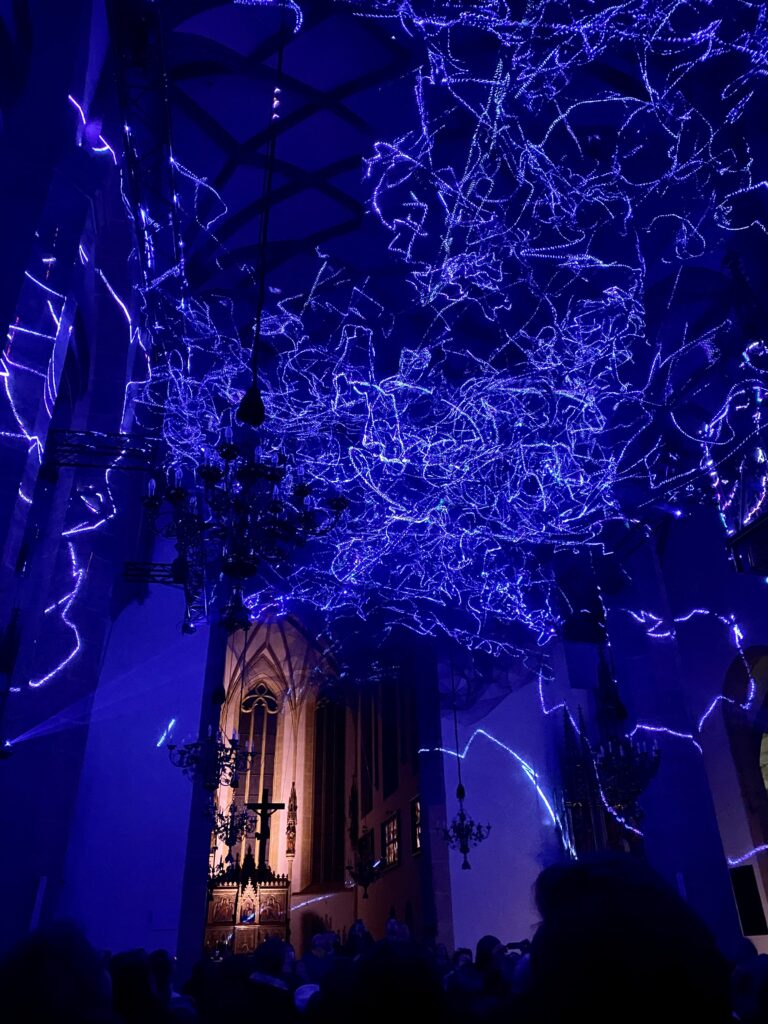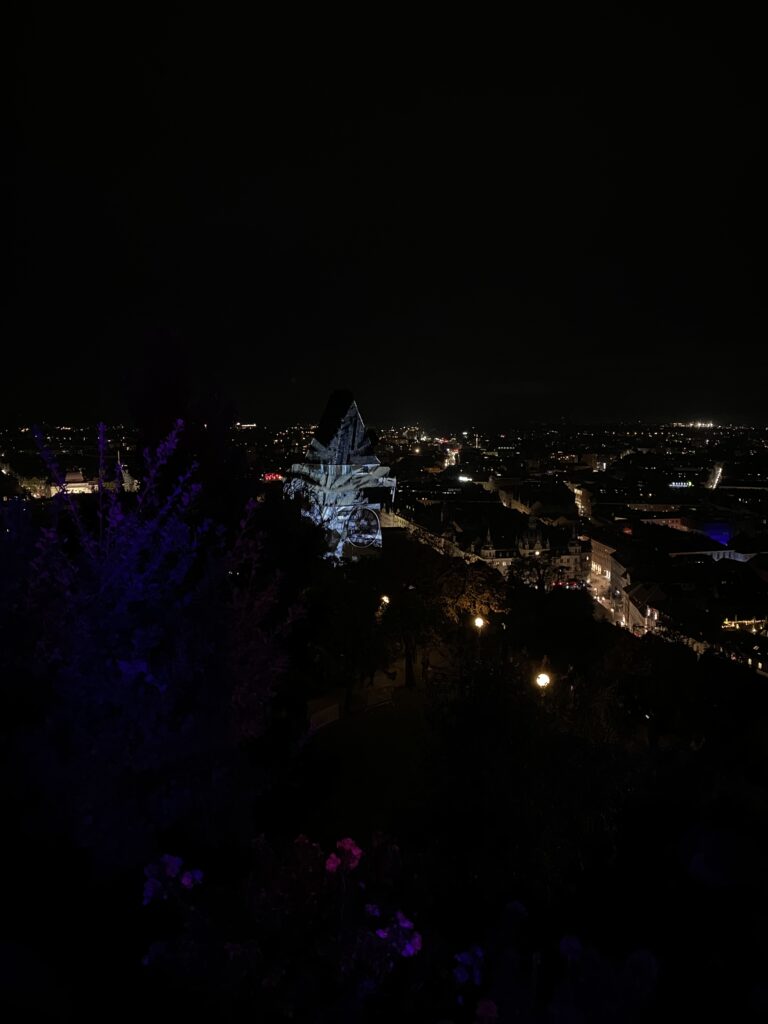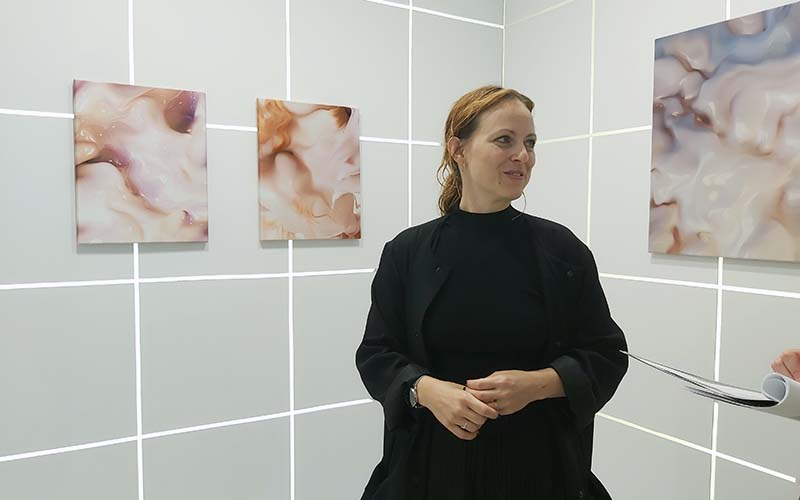Real Talk 11.10. – Dom im Berg, Graz
by Elena Waschl
Real Talk ist ein Event zur Persönlichkeitsentwicklung. Auf der Homepage beschreiben die zwei Gründer (Philipp und Georg), ihre Idee wie folgt…
…ein inspirierendes Event, bei dem drei beeindruckende Persönlichkeiten Inhalte liefern, die wir in der Schule nicht gelernt haben. Mit unseren Events verfolgen wir das Ziel, Bildung für jeden greifbar zu machen. Bei uns dreht sich alles um das Thema Persönlichkeitsentwicklung, darum bieten wir dir Inhalte, die dich weiterbringen!
Das erste mal war ich in meiner HTL Zeit in Graz dabei. Damals war das Event noch in den Kinderschuhen. Und jetzt, fast fünf Jahre später, besuchte ich mit der selben Freundin wie damals das Event am 11. Oktober 2023. Zu Gast waren:
- ROBERT SEEGER JR. ( Warum Glück die beste Marketingstrategie ist)
- NICOLE TRIMMEL (Time is what you make of it)
- HELMUT WLASAK (Denn sie wissen (nicht), was sie tun!)
Alle drei lieferten beeindruckende und prägende Vorträge zu jeweils 15-25 Minuten.
Der vielleicht relevanteste Beitrag für Communication Design ist jener von Robert Seeger, da dieser wie folgt beschrieben wird…
…Robert Seeger hat eine beeindruckende Reise durch das World Wide Web unternommen und ist seit 1994 ein unermüdlicher Entdecker des digitalen Universums. Doch das ist noch längst nicht alles – dieser studierte Kunsthistoriker hat sich auch einen Namen als anerkannter Experte für spätgotische Madonnen und postmodernes Marketing gemacht.
Seit über 15 Jahren steht Robert Unternehmen, sowohl groß als auch klein, beratend zur Seite und stellt herkömmliche Marketingansätze auf den Kopf. Viele treue Kunden, wie Red Bull, Lufthansa und Kelag vertrauen auf seine verrückten Ideen und sein verlässliches Handwerk. Sein Motto lautet dabei stets: “Mehr Mut und wilder Spaß!”
In seinen Präsentationen und Auftritten verzaubert Robert sein Publikum und zieht es mit seiner mitreißenden Energie in den Bann. Langweilige Verkaufsshows und Bullet-Point-Vorträge sind für ihn ein Gräuel, denn gestohlene Zeit ist seine größte Feindin.
Bob ist zweifellos eine echte Rampensau. Mit seinem charmanten Akzent und seinem Herzblut bringt er einen hohen Unterhaltungsfaktor in all seine Vorträge, die nicht selten auch polarisieren. In kürzester Zeit kann er Menschenmassen emotionalisieren und begeistern
Dementsprechend konnte ich folgende Dinge mitnehmen:
- Sei nicht everyones darling, be someones lover
- S-DNA (Scheiß Dich Nicht An)
- Die zwei G´s: Glück (=Vielfalt & Ausdauer) und Geschichten (= erzähl Geschichten!)
- Mach mal alles etwas anders zu Beginn einer Präsentation, aber erzähl erst zwischendrin warum das Intro so war wie es war
- Geld verdirbt die Menschen
- etc.
Fazit & Learnings:
Einfach mal machen und herausfinden wo dein Feuer brennt bringt dich oft viel weiter als du glaubst! Sich aber gleichzeitig nicht über alles den Kopf zu zerbrechen und mit der S-DNA in den Tag / die Projekte starten.
https://realtalk.at/sprecher/
https://realtalk.athttps://www.kleinezeitung.at/steiermark/6203095/Strafrichter-in-Graz_Richter-Helmut-Wlasak-tritt-ab_Seine
https://www.marketing-on-tour.de/speaker/robert-seeger/








